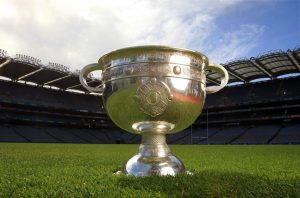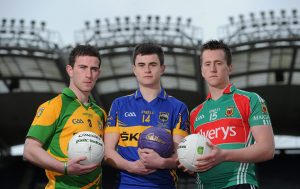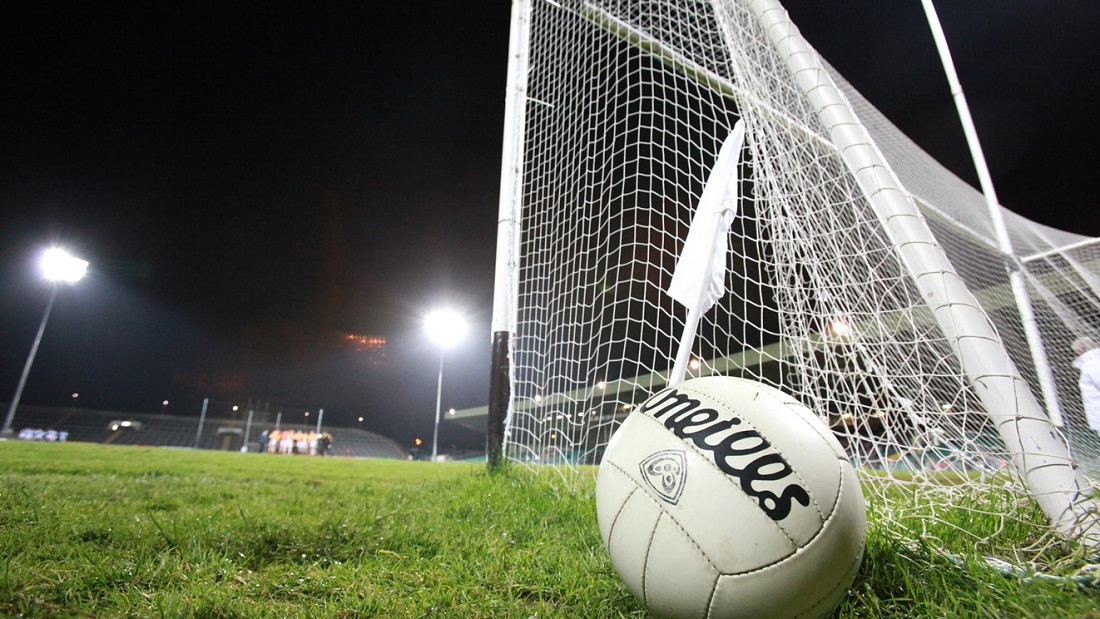
The Sam Maguire Cup
Mandatory Credit ©INPHO/Donall Farmer *** Local Caption ***
Gaelic football tournaments are arguably the most attended sporting events in Ireland. Many people in Ireland attend Gaelic football matches from the children’s football level to elite level. If you are a fan of this game or if you want to bet for an upcoming match, you would most likely want to compare games from various eras. Doing so will enable you to determine which move is the most appropriate to make in a gambling site that offers Gaelic football betting.
Here are some of the most famous Gaelic football tournaments of all time:
1982 All-Ireland Final: Offaly 1 – 15 Kerry 0 – 17
This match was characterized by difficult conditions. Football was not always flowing. However, tension and drama were compensated for. The late goal by Seamus Darby that denied Kerry five-in-a-row as well as football immortality is still the most famous score by Croke Park.
1991 Leinster 1st round replay: Meath 2 – 10 Dublin 0 – 15
Just like the All-Ireland final of 1982, the storied conclusion of this tournament redeemed the quality that was lost in the third replay. A goal by Kevin Foley, courtesy of the move that took Croke Park’s length and a lead point by David Beggy condemned Dublin to their stunning defeat.
1994 Ulster Quarter-Final: Down 1 – 14 Derry 1 – 12
In the previous 3 years, three Ulster counties had shared the All-Ireland title in an unprecedented success sweep. Therefore, when an Ulster Championship draw paired two of these counties, it received a deserved billing. The tournament was attended by a crowd of 30,000 people in a refurbished Celtic Park. Clearly, they were not disappointed while watching the great pace game unfold. They enjoyed the wondrous exhibition by Mickey Linden who kicked 6 points while helping in setting up of the crucial goal by Ciaran McCabe which sealed their victory.
1997 Leinster semi-final replay: Meath 2 – 20 Kildare 3 – 17
The reputation of Meath for stirring comebacks was well founded after meeting Kildare for another time. But their performance during this tournament ranks higher in the list of famous Gaelic football tournaments. Meath came from 5 points down to force for extra-time after the late goal by Trevor Giles. However, even this was supplanted by their act which hauled them back to contention during the second extra-time period. 6 points down, Jody Devine super-sub led to firing over 4 points with Meath leading by one. The late equalizer by Paul McCormack concluded the dramatic day while prompting a second replay. Meath won the second replay.
1998 All-Ireland Final: Galway 1 – 14 Kildare 1 – 10
This tournament has been considered as the match that marked the game’s rebirth. It was after a torrid decade and wake of the demise of Kerry team. The tournament was characterized by a superior quality game through the scores of a carefree, youthful Galway team. The postmark of this tournament was the run by Michael Donnellan from his territory which led to the first-half point by Derek.
Whether you are a fan or a player, watching and re-watching clips from these tournaments and reading their analysis will give you invaluable insights into Gaelic football matches. For a gambler, the insights will guide you in predicting matches before you place your bets in online gambling site that offer Gaelic football betting.

